Information Technology Reference
In-Depth Information
Table 4.11
Software Type
Example
Examples of Open-Source
Software
Operating system
Linux
Application software
Open Office
Database software
MySQL
Internet browser
Firefox
Photo editing
Gimp
Project management
OpenProj
Personal accounting
Grisbi
E-mail
Thunderbird
However, using open-source software does have some disadvantages. Although open-
source systems can be obtained for next to nothing, the up-front costs are only a small piece
of the total cost of ownership that accrues over the years that the system is in place. Some
claim that open-source systems contain many hidden costs, particularly for user support or
solving problems with the software. Licensed software comes with guarantees and support
services that open-source software does not. Still, many businesses appreciate the additional
freedom that open-source software provides. The question of software support is the biggest
stumbling block to the acceptance of open-source software at the corporate level. Getting
support for traditional software packages is easy—you call a company's toll-free support
number or access its Web site. But how do you get help if an open-source package doesn't
work as expected? Because the open-source community lives on the Internet, you look there
for help. Through use of Internet discussion areas, you can communicate with others who
use the same software, and you might even reach someone who helped develop it. Users of
popular open-source packages can get correct answers to their technical questions within a
few hours of asking for help on the appropriate Internet forum. Another approach is to
contact one of the many companies emerging to support and service such software—for
example, Red Hat for Linux, C2Net for Apache, and Sendmail, Inc., for Sendmail. These
companies offer high-quality, for-pay technical assistance.
Shareware, Freeware, and Public Domain Software
Many software users are doing what they can to minimize software costs. Some are turning
to
shareware
and
freeware
—software that is very inexpensive or free, usually for use in per-
sonal computers, but whose source code cannot be modified. Freeware can be used to perform
a variety of tasks. StarOffice is a freeware office suite that contains word processor, spread-
sheet, database, drawing, and presentation programs. PhotoPlus 6 is a photo-editing pro-
gram, and Picasa is a photo-editing and management program. The Web site
www.SourceForge.net
is a resource for programmers to freely exchange programs and program
code. It allows programmers to create, collaborate on, and evaluate program code. Over
80,000 programs are at various stages of completion.
Shareware might not be as powerful as commercial software, but it provides what some
people need at a good price. In some cases, you can try the software before sending a nominal
fee to the software developer. Some shareware and freeware is in the public domain, often
called
public domain software
. This software is not protected by copyright laws and can be
freely copied and used. Although shareware and freeware can be free or inexpensive to acquire,
it can be more expensive to use and maintain over time compared with software that is
purchased. If the software is hard to use and doesn't perform all the required functions, the
cost of wasted time and lost productivity can be far greater than the cost of purchasing better
software. Shareware, freeware, and public domain software is often not open source—that
is, the source code is not available and cannot be modified.
shareware and freeware
Software that is very inexpensive or
free, but whose source code cannot
be modified.




